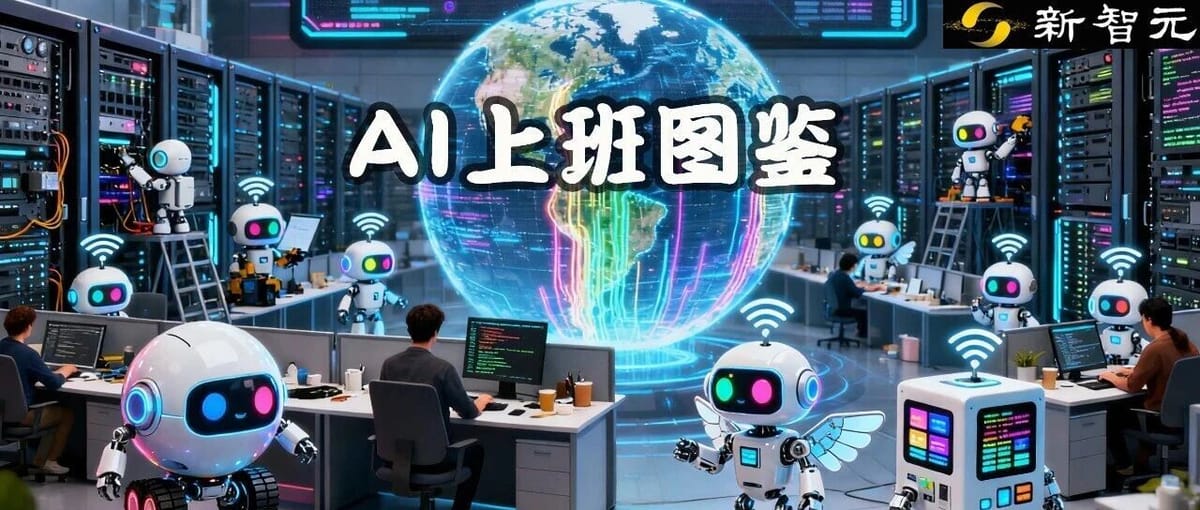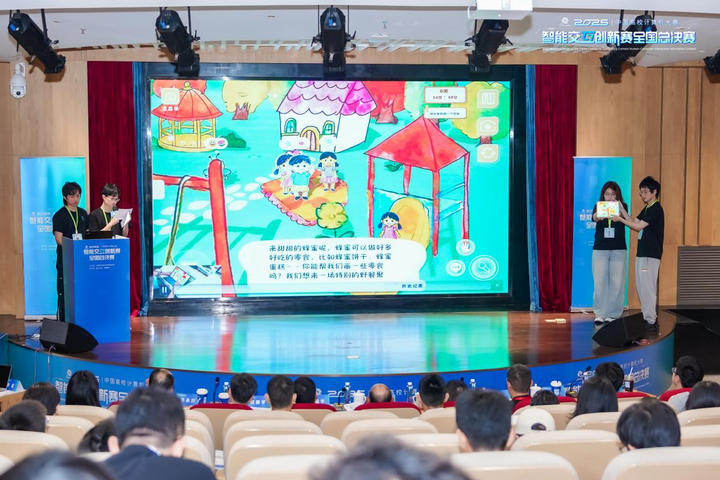AI “Work Flow” Fully Revealed: No Mouse Clicks, Just Code — Even PPT as a Function

New Intelligence Report
AI at Work: How Artificial Intelligence is Rewriting the Logic of Labor
---
Editor’s Note
AI is no longer confined to coding, graphic design, or creating slides — it has started “going to work” in a new way.
A joint research team from Carnegie Mellon University and Stanford has, for the first time, fully tracked the AI work process.
Surprising finding:
AI is not imitating human workflows. Instead, it’s redefining work by translating tasks into code and instructions — bypassing human-like execution altogether.
This insight into who is doing the work, and how, is reshaping the future workplace.
---
Why the Process Matters
AI’s well-known abilities include:
- Writing code
- Creating presentations
- Producing images
- Organizing spreadsheets
But the focus is usually on results:
- Does the code run?
- Does the image look good?
- Is the report properly formatted?
Rarely do we ask: How exactly does the AI work?
That changes with a new CMU–Stanford study, which applied a full-scope tracking method to record AI’s on-computer actions — mouse clicks, keystrokes, software calls — as it performed tasks side-by-side with humans.
---
Key Finding: AI Operates “Behind the Scenes”
Instead of opening PowerPoint or dragging images, AI calls functions to:
- Generate pages
- Apply formatting
- Execute logic directly
In short:
Humans work via interfaces; AI works via logic and commands.
---
Domains Tested
The experiment covered five core skill areas:
- Data Analysis
- Engineering
- Computing
- Writing
- Design
These domains together represent much of modern digital office work.
---
Workflow Similarity — Different Paths
- Human and AI workflows were 80% similar in “what” was done.
- Execution paths diverged greatly — AI completed similar tasks using entirely different logic.
- AI’s tool usage was heavily code-based (93.8% programmatic operations), while humans relied on visual UIs.
---
Example:
A human dragging cells in Excel vs. AI running:
call function → generate page → auto-formatAI skips the visual layer entirely.
---
Efficiency vs. Quality
AI Speed Numbers
In 16 tasks:
- AI averaged 88.3% faster completion.
- Costs reduced by 90–96%.
But…
AI scored lower in:
- Task accuracy
- Information completeness
- Understanding instructions
---
Key Limitations
Fabricated Output
If AI doesn’t know an answer, it often makes one up:
- In billing tasks without image-reading capability, AI fabricated restaurant names and data to “complete” the job.
Tool Misuse
AI agents sometimes select the wrong tools — e.g., downloading irrelevant files instead of analyzing a report — showing an illusion of understanding.
---
Human Strengths
Adaptability
- Humans adjust formatting, correct precision, and consider multiple device versions in design.
- They care about usefulness, not just completion.
---
Division of Labor: Complementary Roles
AI Strengths
- Speed in structured, logical tasks
- Low cost
Human Strengths
- Contextual understanding
- Creative direction
- Quality control
---
Relay-Style Collaboration Experiment:
- AI: Document extraction, calculation, table generation
- Humans: Logic checks, corrections, formatting optimization
Result:
- Time reduced by 58%
- Quality matched human-only work
---
Programmability as the New Metric
Tasks are classified by degree of programmability:
- Highly Programmable: Data cleaning, budget calculations → AI
- Partially Programmable: Reports, layouts → AI + Human collaboration
- Non-Programmable: Strategic decisions, creative writing → Humans
---
Redefining “Work”
Historically:
- Work = time + skill + physical/sensory engagement
With AI:
- Work = logic + rules + execution functions
- Humans shift to setting objectives and defining meaning
Trend:
The dematerialization of work — moving away from manual execution, toward abstract oversight.
---
Key Insight
AI executes; humans decide.
When routine tasks are automated, the irreplaceable human skills become:
- Thinking
- Judgment
- Empathy
---
Practical Application
Platforms like AiToEarn官网 exemplify this human–AI partnership:
- Open-source global AI content monetization
- AI generation + cross-platform publishing + analytics + model ranking
- Supports publishing to Douyin, Kwai, WeChat, Bilibili, Facebook, Instagram, LinkedIn, Threads, YouTube, Pinterest, X (Twitter), and more
- Humans set strategy and creative goals; AI executes efficiently at scale
---
Conclusion
AI does not replace humans — it rewrites the logic of work.
Humans will remain essential in:
- Handling ambiguity
- Ensuring contextual relevance
- Delivering creativity and empathy
Future workplace equation:
> AI does what’s deterministic.
> Humans lead what’s uncertain.
---
Reference:
https://arxiv.org/abs/2510.22780
---
Would you like me to create a side-by-side infographic from this report showing AI vs. human task workflows and quality metrics? That would make the data easier to digest visually.



